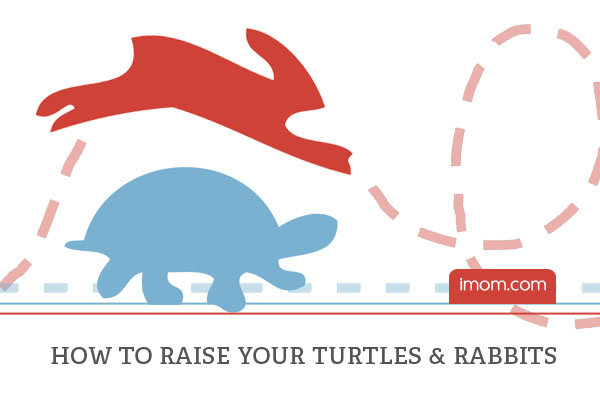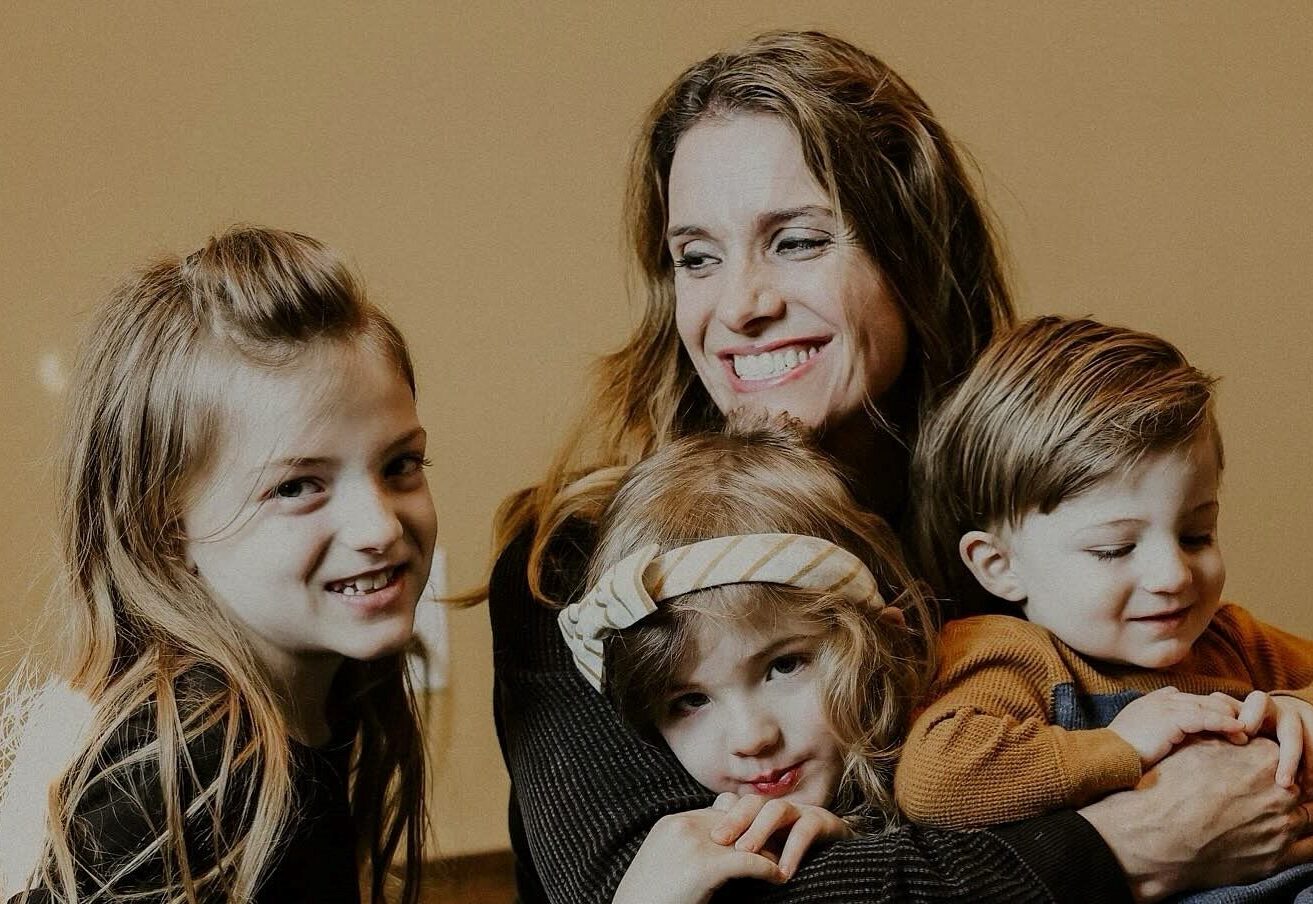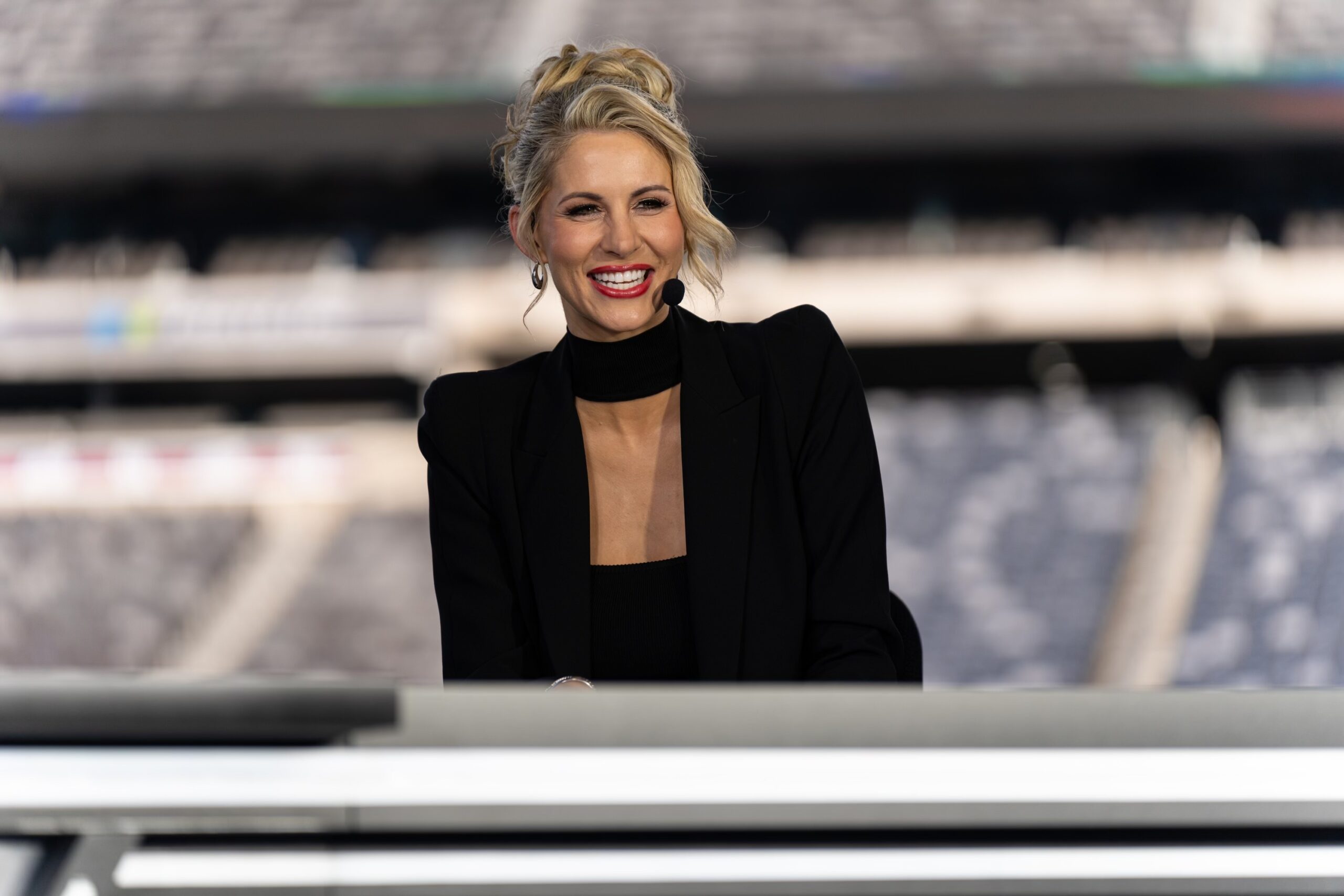A while back, I wrote about how children are either turtles or rabbits. I have one turtle and one rabbit. I can’t parent my turtle like I parent my rabbit. Well, I can, but it won’t be pretty! Now I’ve come across another distinction—birds and frogs. And, once again, I have a bird and a frog. In case you’re wondering, no, I am not married to a veterinarian.
Birds are big picture thinkers who see the wide view and look ahead. Frogs are detail-oriented and live in the present. Freeman Dyson, a mathematician, came up with the birds and frogs analogy to explain the different types of mathematicians. But this applies to more than just numbers. Knowing if your child is a big picture thinker or detail-oriented can help you set him or her up for success—at home and at school. Here’s how to parent your birds and frogs.
Knowing if your child is a big picture thinker or detail-oriented can help you set him or her up for success—at home and at school. Click To TweetBirds are visionaries—big picture thinkers.
A child who’s a bird will want to set up the entire train track before he or she starts playing with individual cars. A bird in science class is more interested in the solar system than in a particular planet. A teenager who’s a big picture thinker can consider multiple problems at once because he or she can see how they fit into the wider scope. Birds can see farther and consider multiple elements at a time.
Give your bird room to think big. Accept that he might not be extremely detailed. Enjoy the way she can come up with ideas and an overall vision for problem-solving and life in general.
Frogs see the flowers—detail-oriented.
Frogs solve problems one at a time. They need to check off an item as completed before they move forward. A frog wants to consider elements of the whole, rather than the whole itself. Socially, this means they want to get to know one friend well before they join a larger friend group. Frogs are most comfortable when they have time to dig deep.
A frog needs a mom to understand that his or her natural tendency is to focus on one thing at a time. So instead of asking your frog to clean the kitchen, give a specific, more focused task, like wiping the counters, sweeping, or emptying the dishwasher. Give your frog the time to do one task, so your frog can do it well.
Birds consider multiple problems at a time.
A bird needs his mom to interact with him globally. If you want your bird to clean his room, start big: “Honey, I need this room cleaned by noon, OK?” If you give birds too many details, they’ll lose motivation, so avoid this approach: “Son, put away your toys. Then put your books on the shelf. After that, put your clothes in your dresser.” That’s too many details for a bird.
At school, birds can come up with great ideas for a project, but they have a more difficult time completing the individual parts. Execution of specifics is challenging for birds; they want to move on to the next big idea.
Frogs tackle one problem at a time.
A frog delights in the details and needs the time to take care of each task—remember, she is driven by exploring the intricacies of a task. At school, frogs do excellent work on projects, if they are given time to do each part to their standards. Frogs love to learn about a specific topic. If the class is studying volcanoes, a frog wants to zero in on lava.
If we understand our children and how they view the world, we can help guide them through situations that require skills that don’t come naturally to them. Accept that your bird is a big picture thinker and guide her as she learns to manage details. Accept that your frog likes to dig deep, and help him understand how those details fit into the whole.
What about you—do you have birds or frogs?










